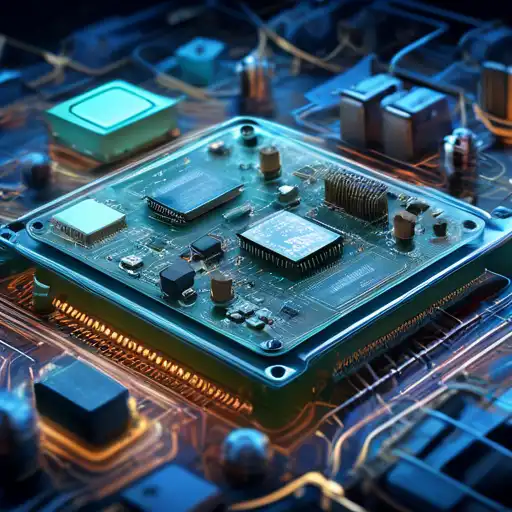Introduction to Embedded Systems
Embedded systems are the cornerstone of modern smart devices, acting as the invisible force that powers everything from your smartphone to your smart fridge. These specialized computing systems are designed to perform dedicated functions within larger mechanical or electrical systems, often with real-time computing constraints.
How Embedded Systems Work
At their core, embedded systems consist of microcontrollers or microprocessors that execute pre-programmed tasks. They are integrated into devices to control physical operations, process data, and communicate with other components. Unlike general-purpose computers, embedded systems are optimized for efficiency and reliability in specific applications.
The Role of Embedded Systems in Smart Devices
Smart devices rely heavily on embedded systems to deliver seamless user experiences. From wearable technology that monitors health metrics to smart home devices that automate lighting and temperature, embedded systems make it all possible. They process inputs from sensors, make decisions based on programmed algorithms, and execute actions to achieve desired outcomes.
Examples of Embedded Systems in Everyday Life
- Smartphones: Manage touchscreen inputs, camera functions, and wireless communications.
- Automobiles: Control engine management systems, infotainment, and safety features.
- Home Appliances: Enable smart features in refrigerators, washing machines, and thermostats.
- Medical Devices: Power life-saving equipment like pacemakers and insulin pumps.
Advantages of Embedded Systems
Embedded systems offer numerous benefits, including low power consumption, compact size, and high reliability. They are designed to operate continuously for years without failure, making them ideal for critical applications. Additionally, their ability to perform real-time processing ensures timely responses to user inputs and environmental changes.
Challenges and Solutions
Despite their advantages, embedded systems face challenges such as limited resources and the need for specialized development tools. However, advancements in microcontroller technology and development environments have made it easier to overcome these obstacles, enabling more complex and capable systems.
Future Trends in Embedded Systems
The future of embedded systems is closely tied to the growth of the Internet of Things (IoT) and artificial intelligence (AI). As devices become more interconnected and intelligent, embedded systems will play a pivotal role in enabling new functionalities and improving efficiency. Innovations in edge computing and machine learning are expected to further enhance the capabilities of embedded systems.
Conclusion
Embedded systems are the unsung heroes of the digital age, powering the smart devices that have become integral to our daily lives. As technology continues to evolve, the importance of embedded systems will only grow, driving innovation and enabling new possibilities in smart technology.
